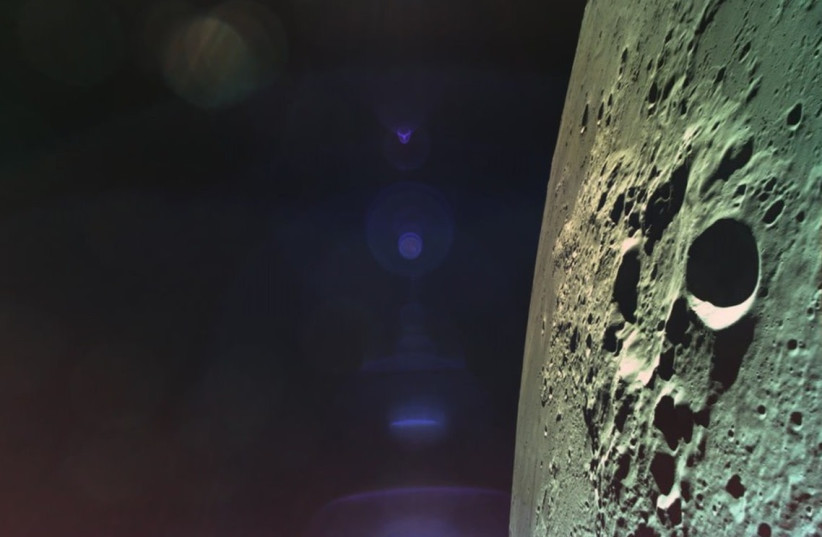Israeli space organization SpaceIL appointed a scientific advisory committee made up of top scientists, STEM representatives and members of the Israeli Space Agency this week to determine the first experiment onboard the Beresheet 2 lunar orbiter.
What is the experiment?
The experiment will investigate the stability of critical medicines under conditions similar to those on the Moon using a Raman spectrometer that will regularly monitor a medication lab kit.
The experiment is set to be run by Prof. Sarah Eyal, Prof. Oren Aharon and Dr. Tamar Stein from the Hebrew University and researchers from Charles University in the Czech Republic, Ghent University in Belgium and the International Space University in collaboration with SpacePharma, an Israeli-Swiss company that manufactures mini-laboratories for space missions.
SpaceIL acquires payload items
The Beresheet 2 mission will use vision-based landing sensor algorithms developed by Lulav Space and Ramon.Space's radiation-hardened computing platform and RC64, a machine learning DSP processor.
The mission will also utilize Jupiter-Space, which allows landers and the orbiter to manage the operation of a camera, run certain algorithms for the mission and store and compress images. This technology was developed by smart video transmission technology company Maris-Tech.

Furthermore, SpaceIL signed a contract with Swedish company AAC Clyde Space agreeing to acquire the Sirius avionics sub-system, the mission computer for the landers, in the first quarter of 2024. The system will use the flight software that performs all the necessary tasks for the mission, such as monitoring and responding to failures, managing the automatic landing system and communicating with Earth.
SpaceIL also decided to use the Siemens Xcelerator and Simcenter™ 3D software, the latter of which will allow scientists to analyze thermal conditions around the spacecraft in order to optimize the vehicle's resistance to extreme environments.
Finally, the mission will use engines from Northrop Grumman and fuel tanks from Moog.
